Tech companies like Google and Facebook have led the charge on the latest form of advertising online. These companies know their numbers and need a strong marketing effort in order to maintain their market share and brand awareness. So, where are they spending their own marketing dollars? What you find is that these companies and all of the top ten most valuable US brands are investing heavily in OOH (out-of-home) advertising. What are their reasons for doing this, and how are they going about it?
TECH SPENDING ON BILLBOARDS
In recent years, tech spending on billboards has stayed prevalent. It’s no surprise that the biggest brands spend the most on billboards—they have the budget to do so. But, perhaps surprisingly, tech companies are a large section of companies who invest in billboard advertising.
25% of the top billboard advertisers are tech brands, with Apple spending the most of any other brand, without regard for industry. Netflix and Google are in the top ten, while Amazon and Facebook made the top fifteen. And these tech companies keep increasing their billboard budget—Facebook alone doubled their investment from 2017 to 2018. So why do tech companies, even some like Google who have incredible access to digital marketing, opt for out of home advertising?
Stephen Freitas, the Chief Marketing Officer of the Out of Home Advertising Association of America (OAAA) tells us why billboards have a place in modern marketing. “Major tech brands are using big screens in the real world to direct consumers to the smaller screens from which they operate,” Freitas concludes. “For these big tech companies, OOH tells a story no other medium can tell, while reaching consumers on their daily journey.”
Moreover, some tech companies are entering the marketing space. Netflix now owns billboards, so it can run its own campaigns to advertise its shows or its platform, or it can lease the space to a nearby restaurant (though this seems unlikely—they’ll want to keep the ad space for themselves).
If we have to say it, we will: tech companies are interested in billboards because they work.
BILLBOARDS AND DATA (AND MORE)
Tech companies are experts at using data to leverage their products. Amazon uses your past purchases to recommend new ones. Facebook tells you about groups you might want to join based on the ones you participate in now.
So, tech brands have realized that billboards are a powerful step in the purchasing funnel. Showing a potential customer a billboard at the right time in their journey is effective, and with the other information these companies have, they can find out the perfect time to show you the right billboard and make you a paying customer. Add to that our audience and neighborhood profiles, and you’ve got yourself a pretty useful way to reach people throughout Chicago.
Furthermore, OOH makes financial sense. ROI reports from billboard advertisers tell us that for every dollar you invest in OOH, you’ll get between $2-$5 back. Billboards are also much more effective than other traditional media at guiding people online to learn more about a brand; this is incredibly powerful because once people find your website, you can then show them more targeted content that will close the sale. Finally, billboards are impactful, with more than half of the people who see a billboard claiming they were highly engaged by its message.
Don’t forget—people will always want to spend time outside. In Chicago, we take advantage of as many good days as we can get. This means that there are so many opportunities for a brand to make a meaningful impact on their target audience. So, the question isn’t why are tech companies investing in billboards, but rather: why wouldn’t they?
Integration of the Real World and Digital World
Tech companies are pairing their mobile advertising efforts with OOH ads in order to drive consumer action. Because believe it or not, OOH drives more online activity than online banner ads. Yes, you read that right. This Nielsen study found that 46% of adults have searched a company online after seeing a billboard ad. Not only that by 40% have visited a facebook page after seeing an OOH ad compared to 32% who saw an online banner ad. No wonder why Facebook loves billboard advertising. Tech companies focus on great messaging that people will want to share on social media. There is no divide in these company’s minds for what makes great advertising. Utilizing technology and social media means taking advantage of the shareability of great billboard advertising.
Spotify recently ran a campaign with the Brooklyn Museum in honor of David Bowie. Alex Bodman, Spotify’s global executive creative director, was stunned at the social buzz it generated. He said this about the award-winning campaign, “If you do any outdoor campaign in a unique and creative way, all the people connected on their mobile phones will want to share it on social media,” he said. “Outdoor advertising can become social media.”
It’s Only Growing and Getting Smarter
First, Outdoor advertising is growing, and it’s the only traditional marketing channel that is expected to grow this year as other forms of media contract under the pressure of high cost per impression and technology that allows audiences to skip or block advertising content. TV is being replaced by subscription video services like Netflix and Hulu, newspapers and magazines are being replaced by blogs and online search, and radio is being replaced by podcasts. Outdoor ads, however, are uniquely positioned in the real world, demanding the attention of anyone on the street.
Second, it’s getting smarter with geolocation data that is being made available through mobile devices, allowing OOH providers to use highly localized measurements. Mobile devices allow advertisers to know where their target customer is, and at what time. This geofencing technology allows marketers to retarget the perfect ad to a consumer when they are in proximity to an outdoor ad.
Along those lines, billboards are also providing advertisers with more options, like digital boards. Digital OOH is a hot new trend in billboard advertising because they are more engaging. Tech companies thrive on engaging with customers one-on-one. Also, digital billboards are easy to change. Brands can simply email a new creative to the vendor, and the billboard is updated in minutes. That’s an ease and flexibility that tech companies embrace.
TECH COMPANIES LIKE GETTING CREATIVE
There are so many cool things people can do with advertising creative, and it makes a bigger impact when it’s in the real world. Think about it: we’ve all seen crazy video effects at the movies or even on YouTube. That’s not as surprising to a passerby as an advertiser choosing to step out of the bounds of the board or telling a compelling story. It takes work to design that and make it look good as a billboard, and people appreciate it when brands put work in their marketing efforts.
Also, tech companies love to generate buzz and be seen as innovative. Even though billboards have been around for a long time, they are still flexible to a good marketer’s ideas. Microsoft has done a projection billboard to showcase their new tablet; Apple took over the side of a building to promote the security of their products; Google advertised their streaming service by playing music near their billboard to match the sounds of the street. These efforts bring a lot of good publicity, and that brings new customers.
WHAT ABOUT NEW TECH STARTUPS?
Even though they might not have the same budget as a tech giant, startups are also perfect advertisers for OOH. OOH provides them with legitimacy, bringing their brand to the forefront of their niche. They can easily retarget customers using online advertising. And of course, billboards are unskippable and in your face.
A startup in Chicago, for instance, can focus on building a base of followers and customers in our market, which is the 3rd largest in the United States. Then, branching out to other major metropolitan areas becomes easier and more feasible.
Brings Brands Into The Community
The biggest advantage of OOH is that it brings the brand into the space where the consumer lives and works. This creates a stronger bond by making it part of the community.
“Things that people can physically see and touch are much more believable”
Chris Garbutt, global chief creative officer for ad agency TBWA
This brand bond is achieved by targeting a very specific area and demographic. Billboards do this along with providing a wide reach and high frequency within that area. Spotify’s chief marketing officer Seth Farbman said, OOH ads have “hyperlocality that gives those ‘aha’ moments to people. It allows a digital community to feel connected in a physical way. This is happening here. We’re all seeing this and remembering this moment together.”
Examples
Facebook - ran a campaign around their new approach to user safety and privacy.
Spotify - took advantage of people’s desire to have their name up in lights with their wrapped campaign. This allowed users to share their top artists on giant billboards in iconic locations like Times Square.
Brex - This startup utilized billboards in order to keep customer acquisition cost down. They found that social media is often overpriced compared of OOH formats. One of Brex’s venture capital investors quipped that the billboard investment was great because it helped the company raise capital at a $1 billion valuation, but for this CEO cut it more clearly, “it was the best investment because it got us lots of customers”. For him he “didn’t even get a 1/10th of the customers” from social as he did from OOH.
If you’d like to see how billboard advertising can help grow your company, schedule a free consultation with one of our experts!
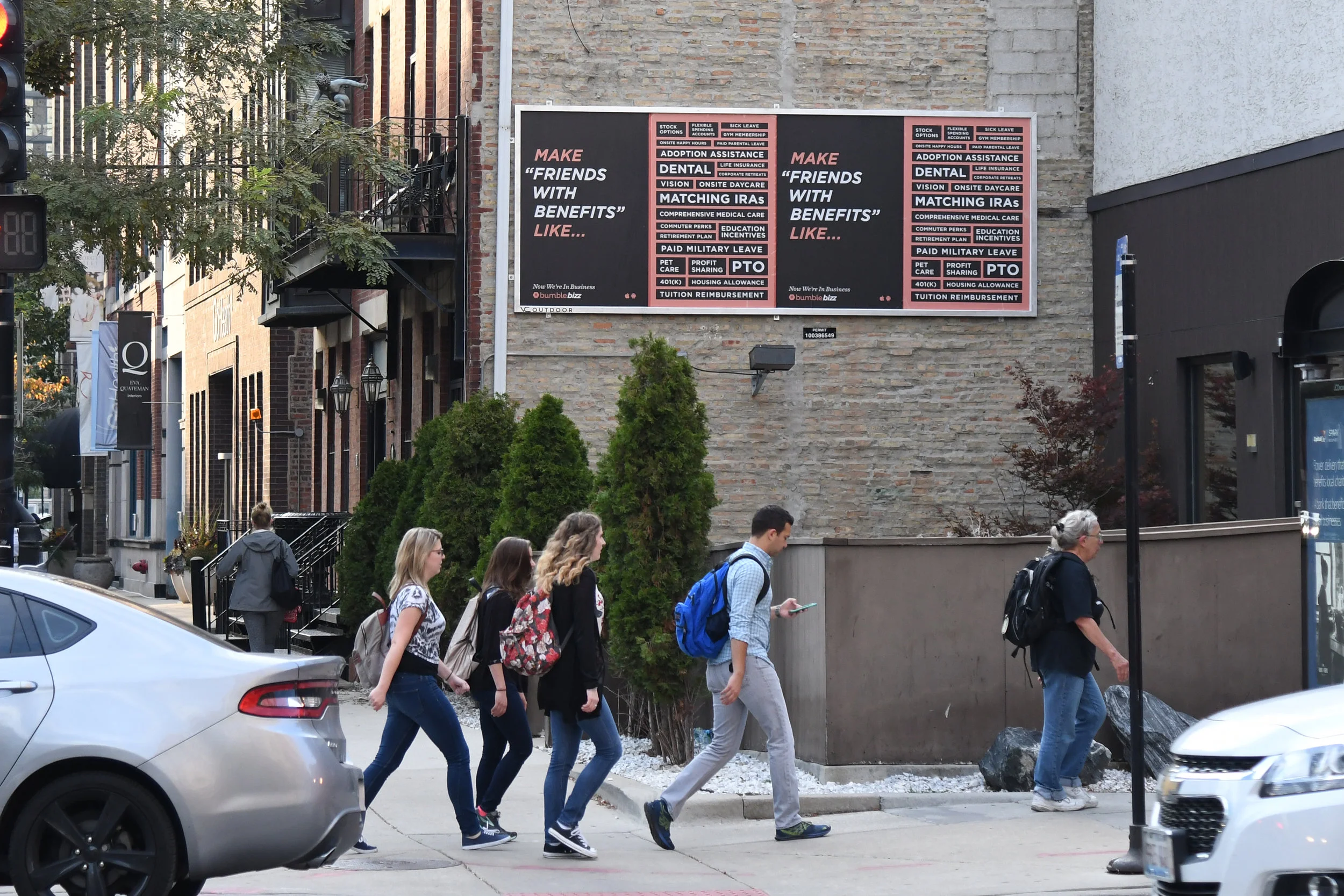



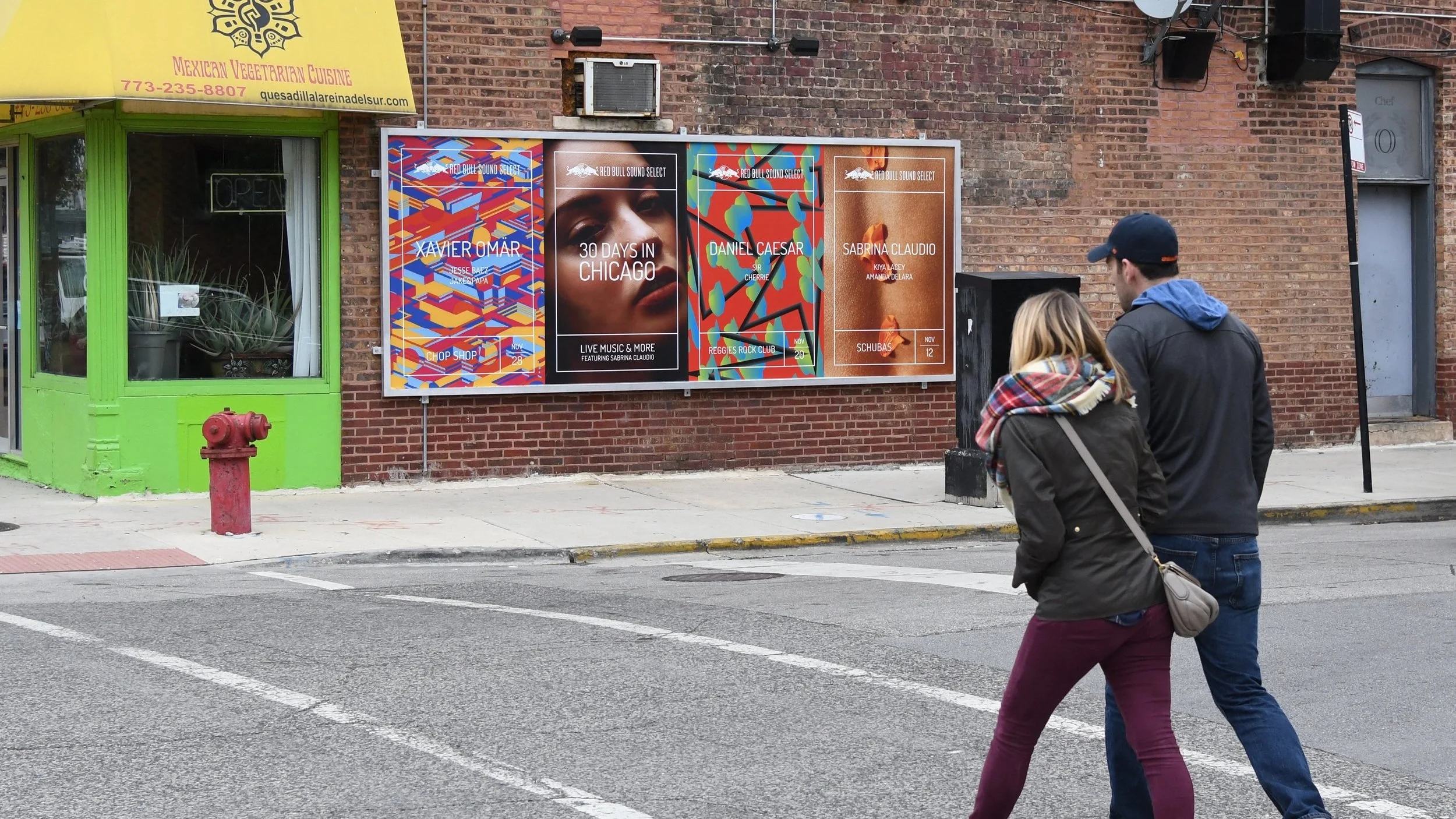



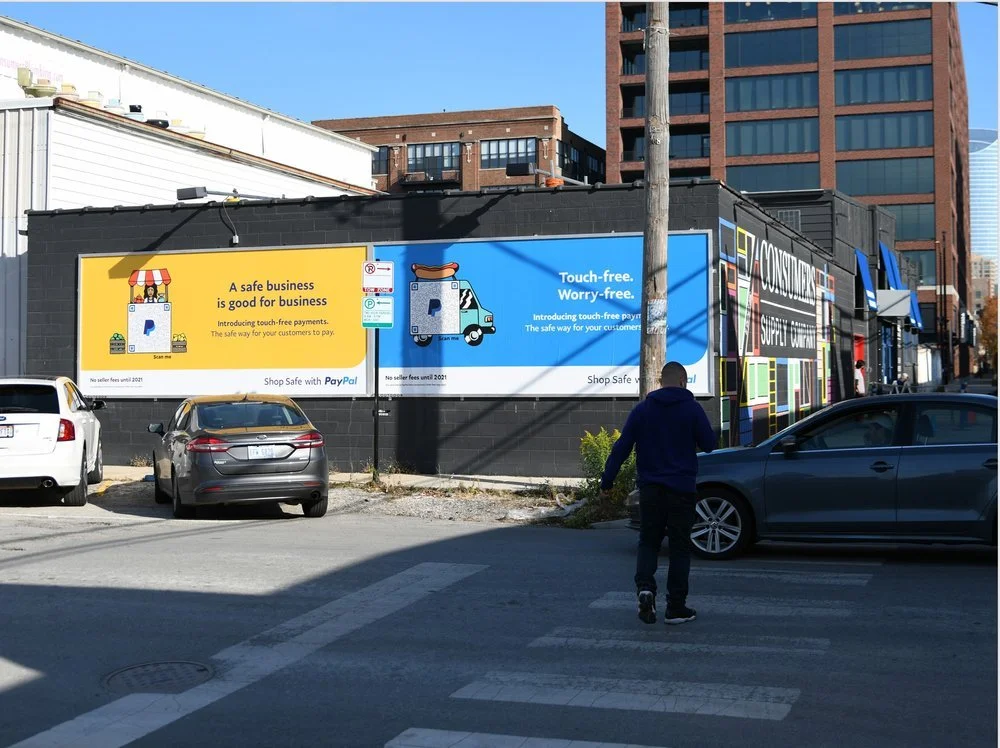
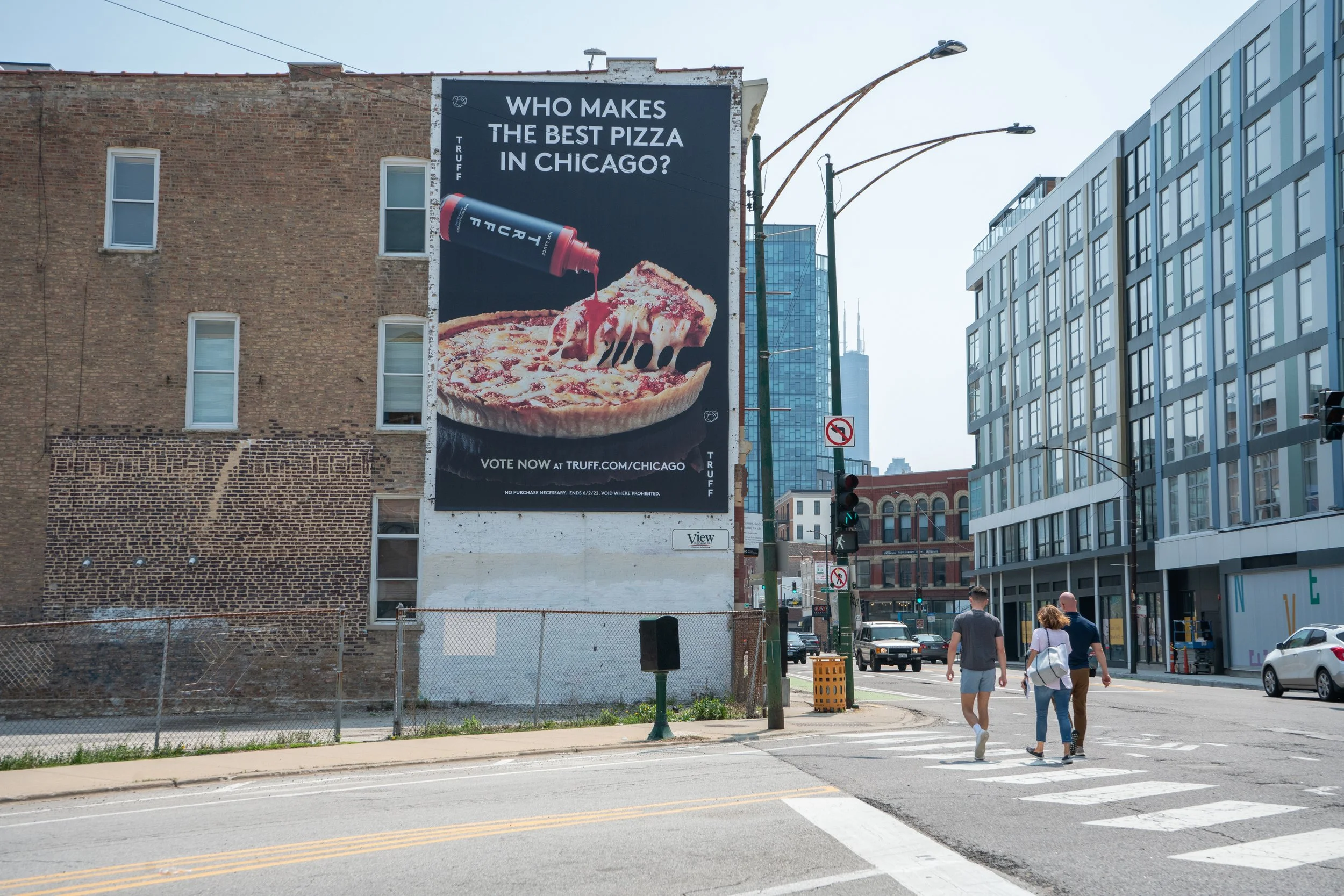
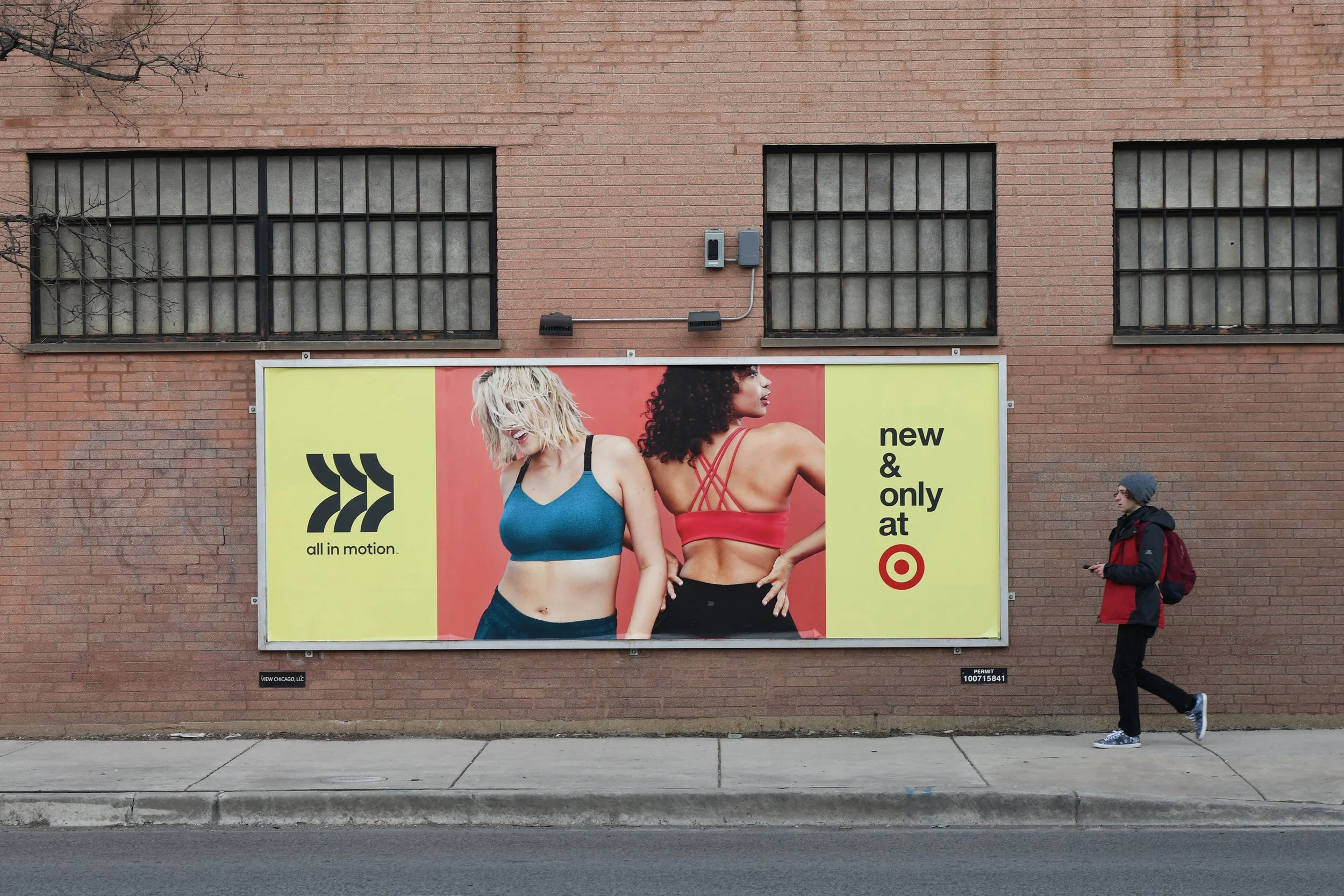


Renting a billboard is an easy process, but it’s important for billboard companies to be transparent with their pricing and how they offer the best deals for their customers. Here’s how we calculate the price of renting a billboard and some price ranges for each billboard type.